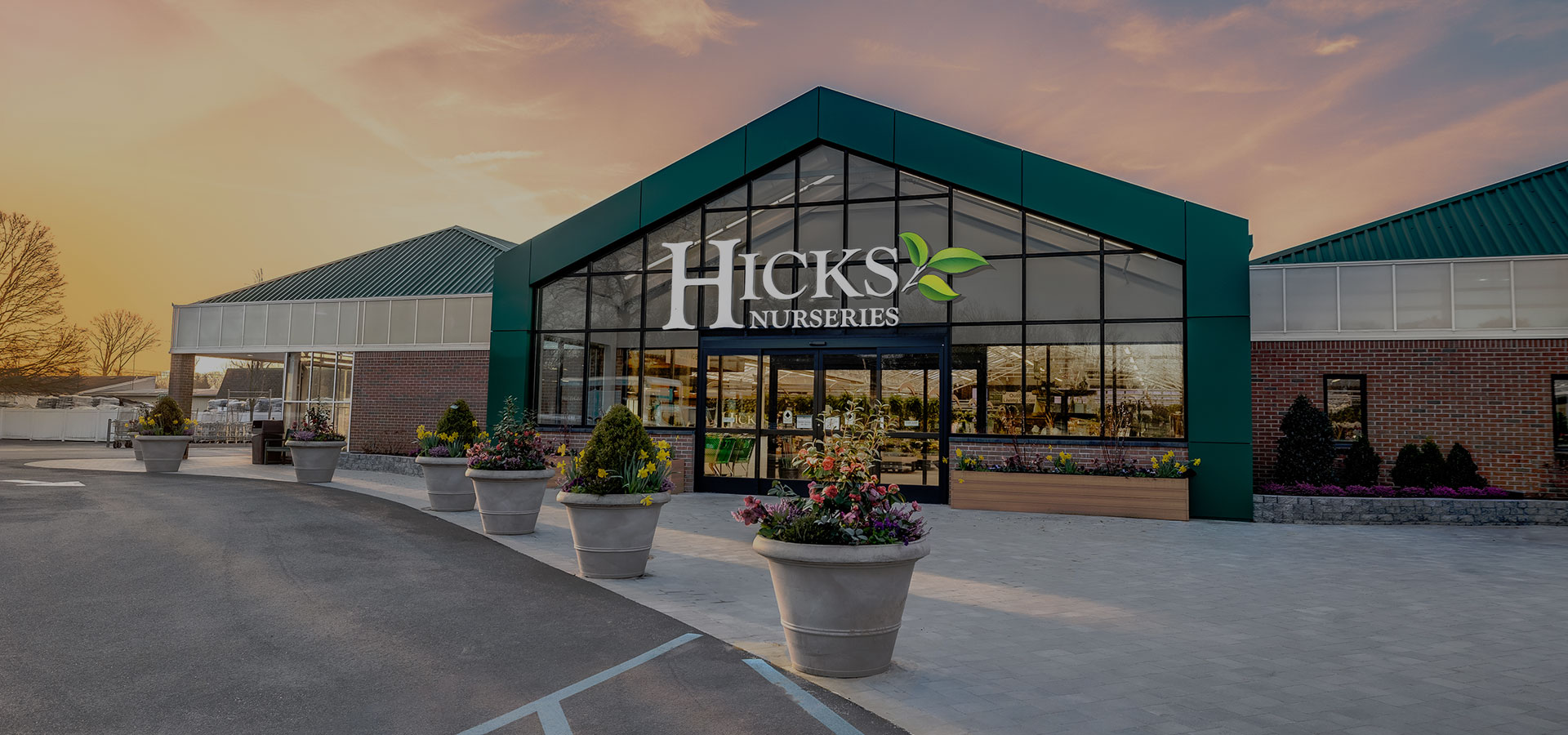[vc_row padding_top_multiplier=””][vc_column][vc_column_text]Customers aren’t the only ones embracing game-changing new technologies in restaurant spaces. Designers, too, are leveraging technology to revolutionize the process of creating, presenting and modifying projects, tapping tools and programs that first emerged in the gaming and entertainment industries to go where traditional restaurant design and rendering techniques can’t — into the interactive, 3-D virtual environment.
Restaurant Development + Design Magazine interviewed Chute Gerdeman’s VP, Randy Liddil, to discuss the broader adoption of those technologies. Working at the intersection of design and technology, Liddil is helping to introduce both internal teams and clients to emerging design tools that bring spaces to life in a virtual sense and offer advanced insights into projects in a real-time, interactive, 3-D environment.
When designing Book & Bourbon Southern Kitchen, a new full-service restaurant by HMSHost at Louisville Airport, Liddil’s team built a full virtual model with fly-through animation, immersing the client via iPads and Google cardboard in the interactive, 3-D virtual environment. Compared with traditional methods of rendering and creating fly-throughs, time savings were huge.[/vc_column_text][/vc_column][/vc_row][vc_row padding_top_multiplier=”” padding_bottom_multiplier=”” columns_gap=”15″][vc_column width=”1/2″][vc_single_image image=”25562″ img_size=”full” alignment=”center”][/vc_column][vc_column width=”1/2″][vc_single_image image=”25563″ img_size=”full” alignment=”center”][/vc_column][/vc_row][vc_row padding_top_multiplier=””][vc_column][vc_column_text]“If we were to have used old-school methods for Book & Bourbon, it would have taken about 300 hours to send it out to a render farm,” Liddil notes. “That’s time that we have to charge for. But with the virtual model, everything is baked in and changes can be made in real time. They’ve now come back to us asking if we can do the same thing for the back of the house to increase efficiency. We’re doing some augmented reality with an iPad and a virtual reality model so they can actually move equipment around in the back of house and see what feels too tight and what doesn’t in real time. And we can add programming. For example, we can program it so that if someone clicks on a piece of equipment, they can access a PDF for information about its maintenance requirements and contacts.”
Going forward, Liddil expects the pace of adoption of high-tech design solutions for restaurant projects to accelerate. One advancement in particular is the use of augmented reality. “You’ll be able to see the entire space and what it’s going to look like and people walking through using crowd or traffic simulation,” he says. “All that kind of stuff will come pretty instantly through augmented reality. Virtual will still be used, but I think AR will actually be used a lot more because there is a lot more than can be programmed in. For instance, we could program 200 people coming into a space over the next half an hour and see what happens, where the backups are.”
To read the more on “How to Use 3D Modeling and Virtual Reality” in restaurant design, check out the full article on Restaurant Design + Design Magazine.[/vc_column_text][/vc_column][/vc_row]





